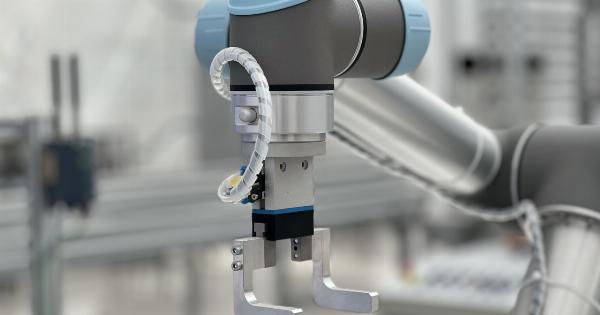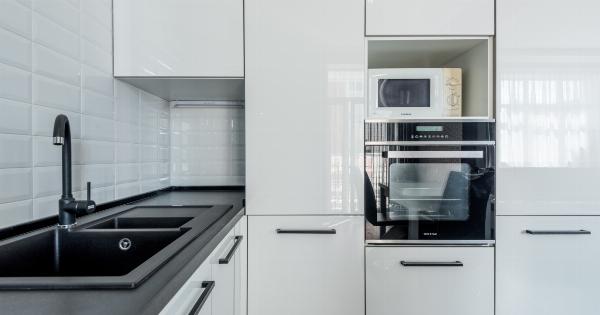MAKO robotic-assisted hip arthroplasty is a surgical procedure that involves the use of a robotic arm to aid in the placement of a hip prosthesis.
This technology allows for a more accurate placement of the prosthesis, resulting in better outcomes for patients. In this article, we will explore how MAKO robotic-assisted hip arthroplasty can maximize outcomes for patients undergoing hip replacement surgery.
What is MAKO robotic-assisted hip arthroplasty?
MAKO robotic-assisted hip arthroplasty is a surgical procedure that involves the use of a robotic arm to aid in the placement of a hip prosthesis.
The robotic arm is guided by computer software that allows for precise placement of the prosthesis, resulting in a more accurate and stable fit in the hip joint.
The robotic arm is used to remove the damaged bone in the hip joint and to prepare the area for the placement of the prosthesis.
The robotic arm is then used to guide the placement of the prosthesis, ensuring that it is placed in the precise location required for optimal stability and range of motion.
How does MAKO robotic-assisted hip arthroplasty maximize outcomes?
MAKO robotic-assisted hip arthroplasty maximizes outcomes by improving the accuracy and stability of the hip prosthesis. This results in a more stable joint that is able to move more freely and without pain.
The improved accuracy of the prosthesis placement also reduces the risk of complications such as dislocation or loosening of the prosthesis. This means that patients are able to resume their daily activities sooner and with less risk of complications.
Another benefit of MAKO robotic-assisted hip arthroplasty is that it allows for a more customized approach to hip replacement surgery.
The robotic arm can be programmed to take into account the unique anatomy and needs of each patient, resulting in a more customized and precise approach to surgery.
What are the benefits of MAKO robotic-assisted hip arthroplasty?
There are several benefits to undergoing MAKO robotic-assisted hip arthroplasty, including:.
- Improved accuracy and stability of the hip prosthesis
- Reduced risk of complications such as dislocation or loosening of the prosthesis
- Faster recovery times and less post-operative pain
- More customized approach to surgery
What is the recovery process like after MAKO robotic-assisted hip arthroplasty?
The recovery process after MAKO robotic-assisted hip arthroplasty is similar to that of traditional hip replacement surgery.
Patients will typically stay in the hospital for a few days following the procedure and will then begin a rehabilitation program to help them regain strength and range of motion in the hip.
However, because MAKO robotic-assisted hip arthroplasty is a more precise and less invasive approach to surgery, patients may experience less post-operative pain and have a faster recovery time compared to traditional hip replacement surgery.
Are there any risks associated with MAKO robotic-assisted hip arthroplasty?
Like any surgical procedure, there are some risks associated with MAKO robotic-assisted hip arthroplasty. These risks can include infection, bleeding, and nerve damage, among others.
However, because MAKO robotic-assisted hip arthroplasty is a more precise and less invasive approach to surgery, the risks associated with this procedure are generally lower than those associated with traditional hip replacement surgery.
Who is a good candidate for MAKO robotic-assisted hip arthroplasty?
MAKO robotic-assisted hip arthroplasty may be a good option for patients who are experiencing hip pain and stiffness due to conditions such as osteoarthritis, rheumatoid arthritis, or avascular necrosis.
This procedure may also be appropriate for patients who have had a previous hip replacement that has failed.
However, not all patients are good candidates for MAKO robotic-assisted hip arthroplasty. Patients who are obese, have severe osteoporosis, or have certain medical conditions that make surgery risky may not be good candidates for this procedure.
Conclusion
MAKO robotic-assisted hip arthroplasty is a surgical approach to hip replacement that offers many benefits over traditional hip replacement surgery.
With improved accuracy and stability of the hip prosthesis, faster recovery times, and a more customized approach to surgery, MAKO robotic-assisted hip arthroplasty is quickly becoming a preferred option for patients undergoing hip replacement surgery.






























